Cyprus - The divine island between two worlds
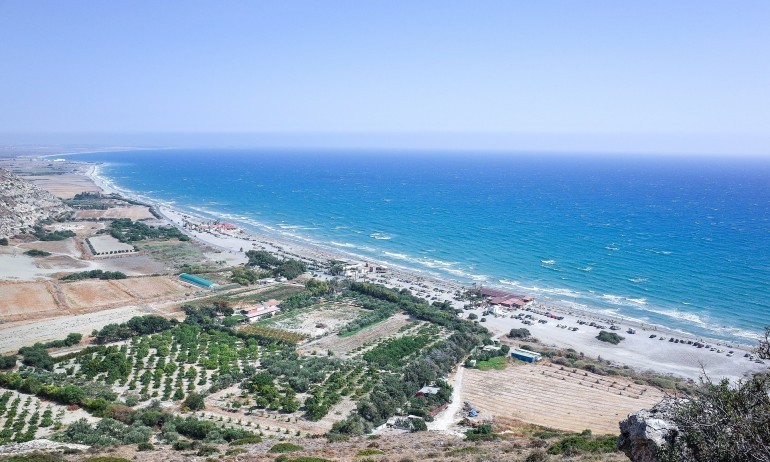
12 millennia of colorful and interesting history, myths, legends, rich cultural heritage, along with Mediterranean climate, bright sun and some of the best beaches in the world – this is Cyprus – the Island of love you must surely visit! Here you will find a vivid palette of Ancient Greek temples, Roman baths and Muslim shrines. You will come across two completely different worlds, but at the same time somehow alike.
You will be touched by the legendary Greek goddess of Love and Beauty – Aphrodite herself, born from the foam of the Cyprian sea waters.
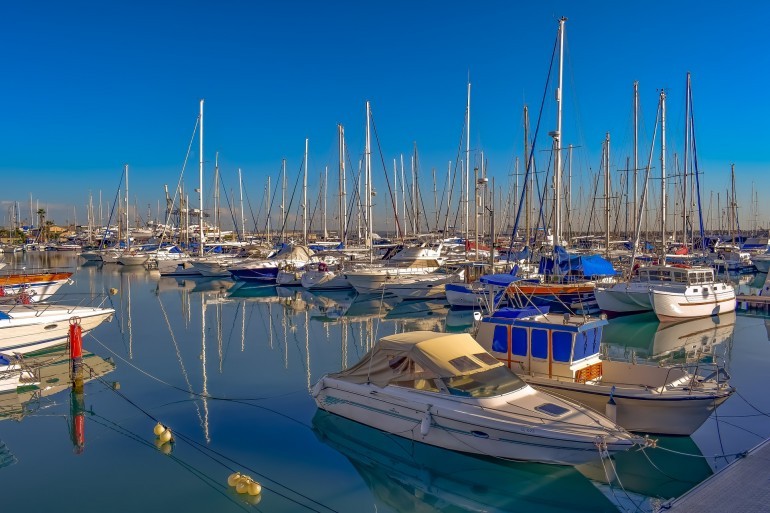 pixabay
pixabayBETWEEN EAST AND WEST
Cyprus is the third largest island in the Mediterranean Sea after Sicily and Sardinia. Geographically, it is located entirely in Asia, but historically it has almost always been linked to Europe. Indeed, the island is both a geographical and a peculiar cultural link between the East and the West because of the division within the margins of the island itself between the Republic of Cyprus and the Turkish Republic of Northern Cyprus. 36% of the territory is controlled by the Turkish Republic of Northern Cyprus, 3.7% by the United Nations, 2.7% by the United Kingdom (Akrotiri and Dekelia military bases) and the rest by Republic of Cyprus.
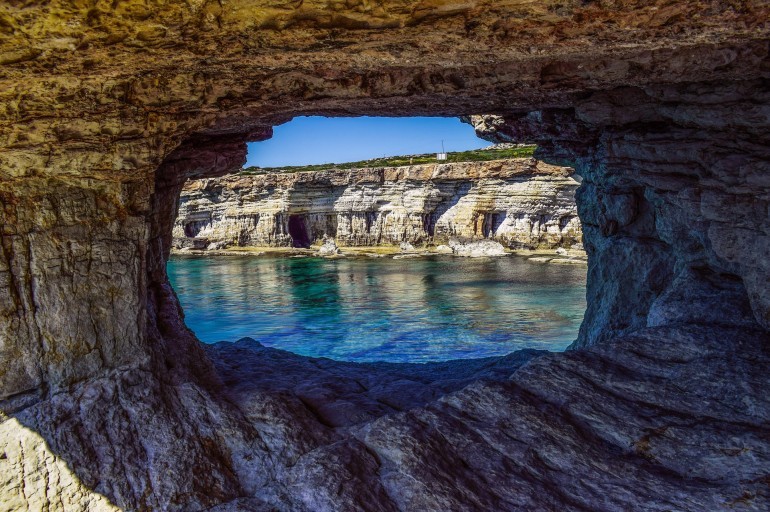 pixabay
pixabayONE OF THE OLDEST HISTORIES
There is no doubt that the lands of today's Cyprus have been inhabited since the dawn of civilization. The earliest confirmed site of human activity on Cyprus is from the Paleolithic era on the south coast. Hunter-gatherers were active on the island from around 10 000 BC, with settled village communities dating from 8 200 BC. In Western Cyprus archeologist discovered Water wells, which are believed to be among the oldest in the world, dated at 9 000 to 10 500 years old.
In prehistoric times, Cyprus plays an extremely important role as a transmitter of knowledge and ideas from the Middle East to the European world and from Asia to the Mediterranean. An evidence of Cyprian’s advance of that time is the remarkably well-preserved Neolithic village of Khirokitia, which is part of the World Heritage list of UNESCOs dated to approximately 6 800 BC.
Later, during the late Bronze Age the island experienced two waves of Greek settlement. The first wave consisted of Mycenaean Greek traders who started visiting Cyprus around 1400 BC, followed by a major one between 1100 and 1050 BC.
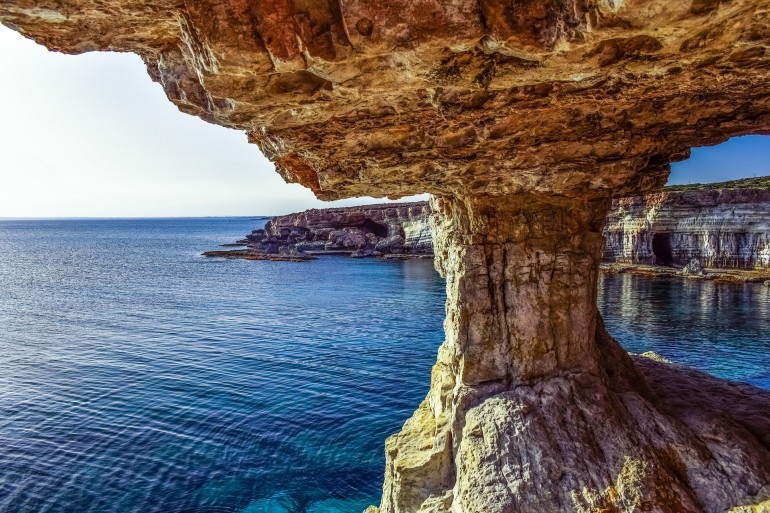 pixabay
pixabayThen, in the beginning of the 8th century BC came the Phoenicians and founded their colonies on the south coast of Cyprus, near present-day Larnaca and Salamis.
However, the strategic location of the island would later draw new and new conquers. It would be ruled by Assyrians, Egyptians, Persians (8th-4th centuries BC) and others. Alexander the Great also left his imprints on the island in 333 BC.
In the period 30 BC – 330 years AD Cyprus became part of the Roman Empire, and after its division in 395, it fell within the bounds of Byzantium and this would remain so until the Crusades some 800 years later. Under Byzantine rule, the Greek orientation that had been leading since antiquity developed the strong Hellenistic-Christian character that continues to be a stamp of authenticity of the Greek Cypriot community.
But the power struggles over Cyprus will not stop there. More conquests are coming: the Richard the Lionheart and the Order of the Templars (1191-1192), the Lusignan dynasty (1192-1499), the Venetians (1489-1571), the Ottomans (1571-1878) and the British (1878 - 1960). But despite all this, the island managed to retain its Greek character, language and culture intact throughout all these years.
Yet all the nations that have passed through here have left something, making the culture and history of Cyprus even richer and more vivid. There are many cultural and historical monuments of all periods, including theaters, temples, churches, baths, mosques, etc. From the British rule until 1960, the Cypriots got driving on the left, golf, English pubs and others. That's why they sometimes call the island Little England.
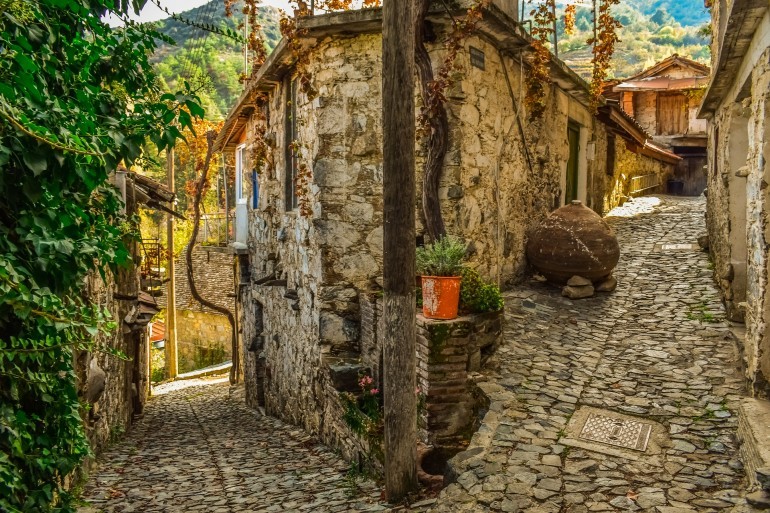 pixabay
pixabayBut even after Cyprus finally managed to gain independence from England, new obstacles appeared. In that period exactly the tension on the island between the Greek Cypriots and the Turkish Cypriots (18% of the population), heirs of the Ottomans, intensified. Unfortunately, this has led to the division of the island into several parts. After the events of 1974, the Turks conquered about a third of it in the northern parts. Thus, in 1983, the Turkish Cypriot leader Rauf Denktash founded the Turkish Republic of Northern Cyprus. However, it is not recognized by any country other than Turkey.
Yet the division is a fact: there is a distinct boundary, called the "Green Line", which is 180 km long and is guarded by UN troops. This border passes even through the capital Nicosia, which is the last divided capital in the world after the fall of the Berlin Wall. After this crisis, many Greek Cypriots were forced to be refugees in their own country. Crossing the border is free, but if you have decided to visit Northern Cyprus, you must carry a passport.
MYTHS AND LEGENDS. WHY IS CYPRUS KNOWN AS THE ISLAND OF LOVE?
It's not accidental that Cyprus is always associated with romance, love and beauty. Not one or two love stories started here. According to the ancient Greek legend, the goddess Aphrodite rose exactly here from the soft foam of the gentle Cypriot sea waters. This happened on the azure coast of Paphos next to Petra Tou Romiou, known as the Aphrodite’s Rock or the Stone of the Greek (translated literally). They are among the most visited sights in Cyprus and are a place on which every tourist should take a picture! According to beliefs, everyone dived into the water surrounding the rocks will enjoy eternal beauty. Just like the goddess of love and beauty herself...
One of the most famous love stories in history – the one between Antony and Cleopatra – also left its marks on Cyprus. The legend tells that Anthony was so in love with the beautiful Egyptian ruler, and wondering how to show her his endless love, he gave her the whole island of Cyprus.
WHAT SHOULD WE NOT MISS TO SEE?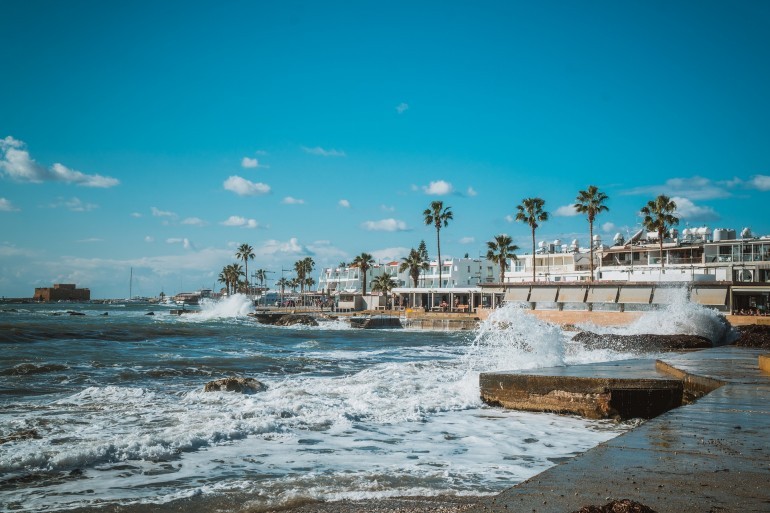 pixabay
pixabay
Apart from Petra Tou Romiou, we recommend that you take the time to explore the entire city of Paphos, which is under the UNESCO’s patronage for its unique cultural heritage. The city is famous not only as the birthplace of Aphrodite, but also for its many sights and interesting stories. In fact, its very name, Paphos, comes from the legend of the daughter of Aphrodite and Pygmalion, named the same way. Most of the city's spots, however, are linked to the name of Aphrodite. Since ancient times, the site has been the center of the cult of the goddess, as well as other pre-Hellenistic goddesses of fertility. Today, many monuments are preserved from this cult, including the wonderful temple of Aphrodite from the 12th century BC, the Baths of Aphrodite and the Fountain of Love. Here are some of the most preserved and impressive mosaics in the entire Eastern Mediterranean. The city's remarkable historical heritage makes it an open-air museum that attracts tourists from all over the world.
LIMASSOL
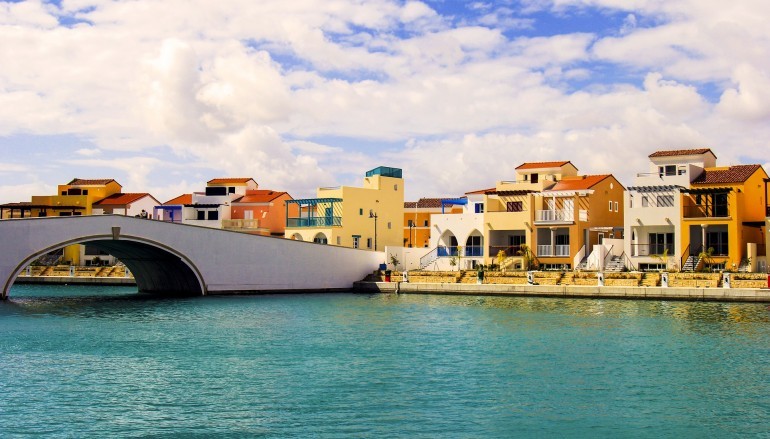 pixabay
pixabayLimassol is the second largest city in Cyprus - an interesting combination of economic strength and tourism. Here you must definitely visit the Old Town, where you will immerse yourself in the pleasant and romantic atmosphere of its narrow-cobbled streets, little workshops, sweet cafes, stalls and galleries. You will be fascinated by its colorfulness and the harmonious combination of tranquility and liveliness. Do not miss to see the Old Harbor, which is the perfect place for a romantic stroll with your beloved one. Here you will find many local seafood restaurants where you can taste the variety of the Cypriot cuisine.
If you want to go deeper into the past of the city, you must surely go through the Limassol Castle, which is next to the Old Port. It is where the wedding of the city's conqueror Richard the Lionheart and Princess Berengaria took place. Even today the museum has preserved the authenticity of the Middle Ages, and part of it has been turned into a museum where you can explore valuable exhibits.
Near the city there is one more castle – Kolossi, which is a brilliant example of the medieval military architecture. It is believed that the citadel, in its original form, was built in the 13th century by French soldiers, and was later reconstructed in the 15th century. There are many beautiful frescoes and mosaics preserved there.
KOURION
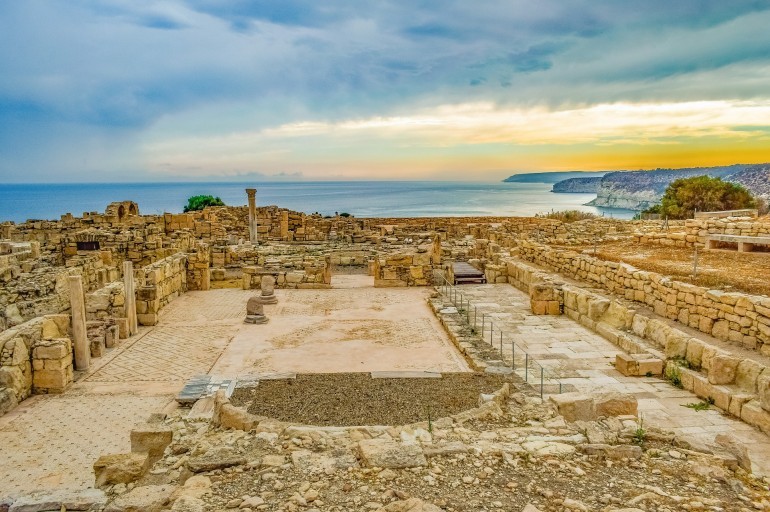 pixabay
pixabayAbout 18 km away from Limassol you can visit some more remarkable remains of the past – the impressive archeological area of Kourion. It is one of the largest and most important cultural and historical landmarks that you can visit all over Cyprus. There you will find ruins of an ancient Hellenic settlement dating from the 12th century BC, rising on a river terrace, from which a magnificent view of the Aegean Sea is revealed. The epic events in the city are recorded by many ancient historians and chroniclers, including Ptolemy, Stephanus of Byzantium, Heracles, and Pliny the Old.
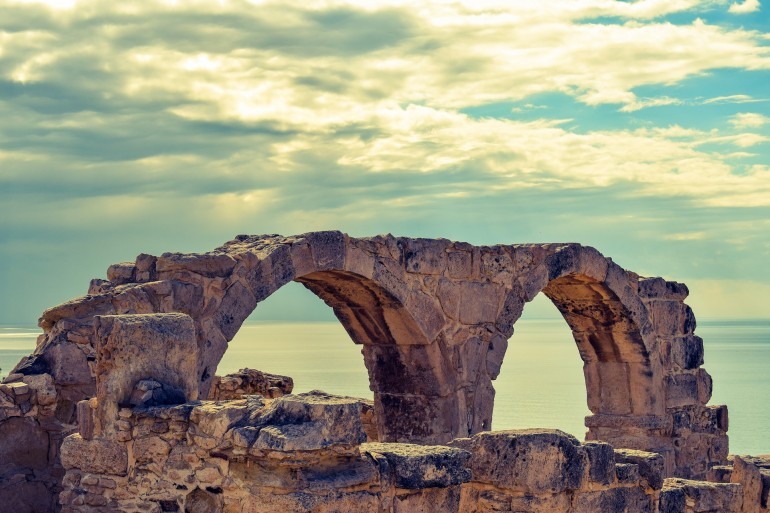 pixabay
pixabayFrom the Roman period we can find beautiful baths and the large amphitheater, probably built around 2nd century BC. It accommodates 3 000 viewers and makes the tourist immerse in the atmosphere of the onetime gladiatorial battles. Today theater performances and concerts are often carried out here. In Kourion you can also see the Temple of Apollo, magnificent mosaics of different periods, and a Christian basilica from the 5th century.
Two sacred places next to each other
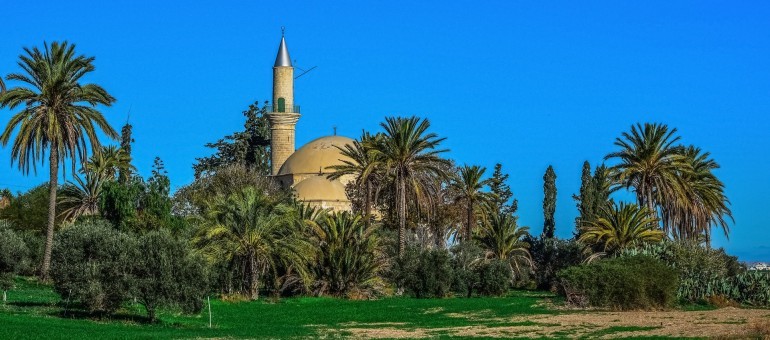 pixabay
pixabayIn the exceptionally interesting city of Larnaca a beautiful old church draws our attention – the church of St. Lazarus. It is dedicated to St. Lazarus, the patron saint of the city of Larnaca, whom Jesus raised from the dead. The Scriptures tell us that after his resurrection Lazar was forced to escape from Judea to save his life. He settled in Larnaca, where he became the first bishop of the city. In fact, it is believed that the church was built right on the tomb of St. Lazar.
Right next to it stands a very important site for the Muslims – Hama Sultan Tekke. Lying on the shores of the Larnaca Salt Lake, it was built on an important site where a meteorite fell. It is considered by some to be the third holiest place for Muslims after Mecca and Medina. The site is also considering the same place where Umm Haram, one of the companions of Muhammad, was buried.
When you are there, do not miss the opportunity to go on a pleasant and relaxing walk along the shore of the Salt Lake where you will be accompanied by free pink flamingos.
NISSI BEACH BESORT
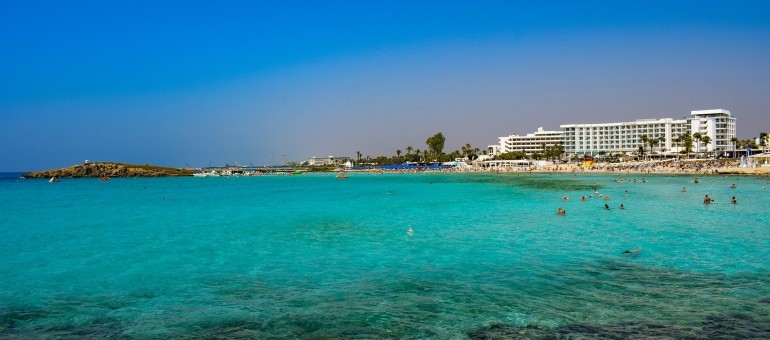 pixabay
pixabayAfter seeing so many historical sights and exploring the most charming places in Cyprus – it's time for a rewarding beach holiday! And the most suitable place for this, of course, is Nissi Beach! This is the most beautiful and most popular beach on the island, often referred to as the pearl of the Cyprus Riviera. At the height of the season the beach is full of tourists and many young people. Here you will find water sports, crystal waters, relaxation on the sun lounger and also party until the morning!
Cyprus is everything you need for the perfect vacation – beach rest, perfect climate, beautiful nature and endless history. So hurry up and choose a suitable program from Tez Tour – summer is already here, and the island of Aphrodite is waiting for you!


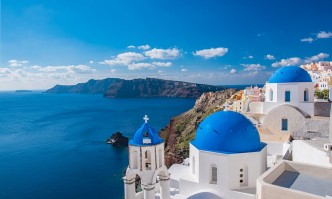

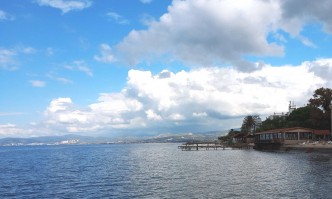
Comments (20)
22.04.2023 12:14 / Reply
29.04.2023 12:05 / Reply
13.05.2023 15:07 / Reply
12.06.2023 21:08 / Reply
14.06.2023 02:56 / Reply
Add comment